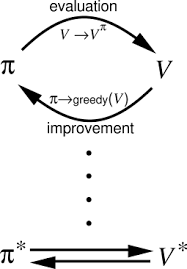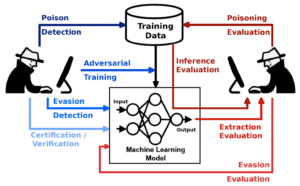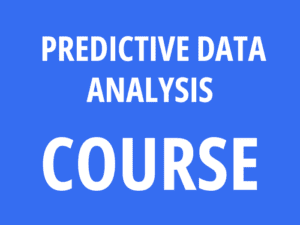Imagine you’re throwing darts at a dartboard: if your darts consistently miss the center but land in a tight cluster, your aim has a bias—it’s systematically off-target. Similarly, the bias of an estimator measures how far an estimation method deviates from the true value it seeks to approximate. Understanding bias helps ensure that models are accurate and reliable in predictions.

A Brief History of Bias in Estimation
The concept of bias in statistical estimators emerged from early statistical theory. Developed by pioneers like Karl Pearson and Ronald Fisher in the early 20th century, bias became a key measure in assessing estimator performance. Today, bias analysis is integral in fields like machine learning, predictive analytics, and econometrics, ensuring data-driven models produce meaningful insights.
What Is Bias of an Estimator?
The bias of an estimator quantifies the difference between the expected value of the estimator (average result across multiple samples) and the true value of the parameter being estimated.
- Unbiased Estimator: The average result equals the true value.
- Biased Estimator: The average result deviates from the true value.
Think of it like aiming darts: an unbiased estimator represents perfect aim at the bullseye, while a biased estimator consistently lands off-center.
Why Is Bias Important?
Bias is a critical factor in ensuring accurate predictions and informed decision-making:
- Accuracy: High bias results in systematically incorrect predictions.
- Reliability: Identifying bias builds confidence in model outputs.
- Improvement: Correcting bias enhances model performance and generalization.
For example, in climate modeling, addressing bias ensures temperature predictions are accurate, helping policymakers make well-informed decisions.
How Is Bias Used in Practice?
Bias is assessed and managed through:
- Bias-Variance Tradeoff: Balancing systematic errors (bias) and sensitivity to fluctuations (variance).
- Model Selection: Choosing algorithms that minimize bias for specific datasets.
- Bias Correction: Adjusting data or algorithms to align results with true values.
For instance, in predictive modeling, understanding bias allows data scientists to refine regression models and optimize their accuracy.
Different Types of Bias
Bias can take multiple forms, including:
- Positive Bias: The estimator consistently overestimates the true value.
- Negative Bias: The estimator consistently underestimates the true value.
- Selection Bias: Results from non-random or incomplete sampling.
- Measurement Bias: Arises from inaccuracies in data collection tools or methods.
Categories of Estimators Based on Bias
- Unbiased Estimators: Deliver long-term accuracy but may have higher variability.
- Biased Estimators: Reduce variability but consistently deviate from the true value.
Software and Tools for Evaluating Bias
Here are tools widely used for analyzing and correcting bias:
- Python Libraries:
- Scikit-learn: Tools for evaluating bias-variance tradeoffs and improving model generalization.
- Statsmodels: Functions for analyzing bias in statistical models.
- R Programming:
- Packages like lmtest and caret for bias diagnostics and corrections.
- MATLAB: Advanced features for identifying and mitigating bias in datasets.
Industry Applications in Australian Governmental Agencies
- Healthcare Analytics: The Australian Institute of Health and Welfare uses unbiased estimators to forecast disease trends and allocate resources effectively.
- Environmental Resource Management: Geoscience Australia addresses bias in climate and resource models to improve forecasting accuracy for environmental planning.
- Public Transport Optimization: Transport for NSW evaluates bias in traffic and commuter data to refine predictive models and enhance scheduling efficiency.
How interested are you in uncovering even more about this topic? Our next article dives deeper into [insert next topic], unravelling insights you won’t want to miss. Stay curious and take the next step with us!








